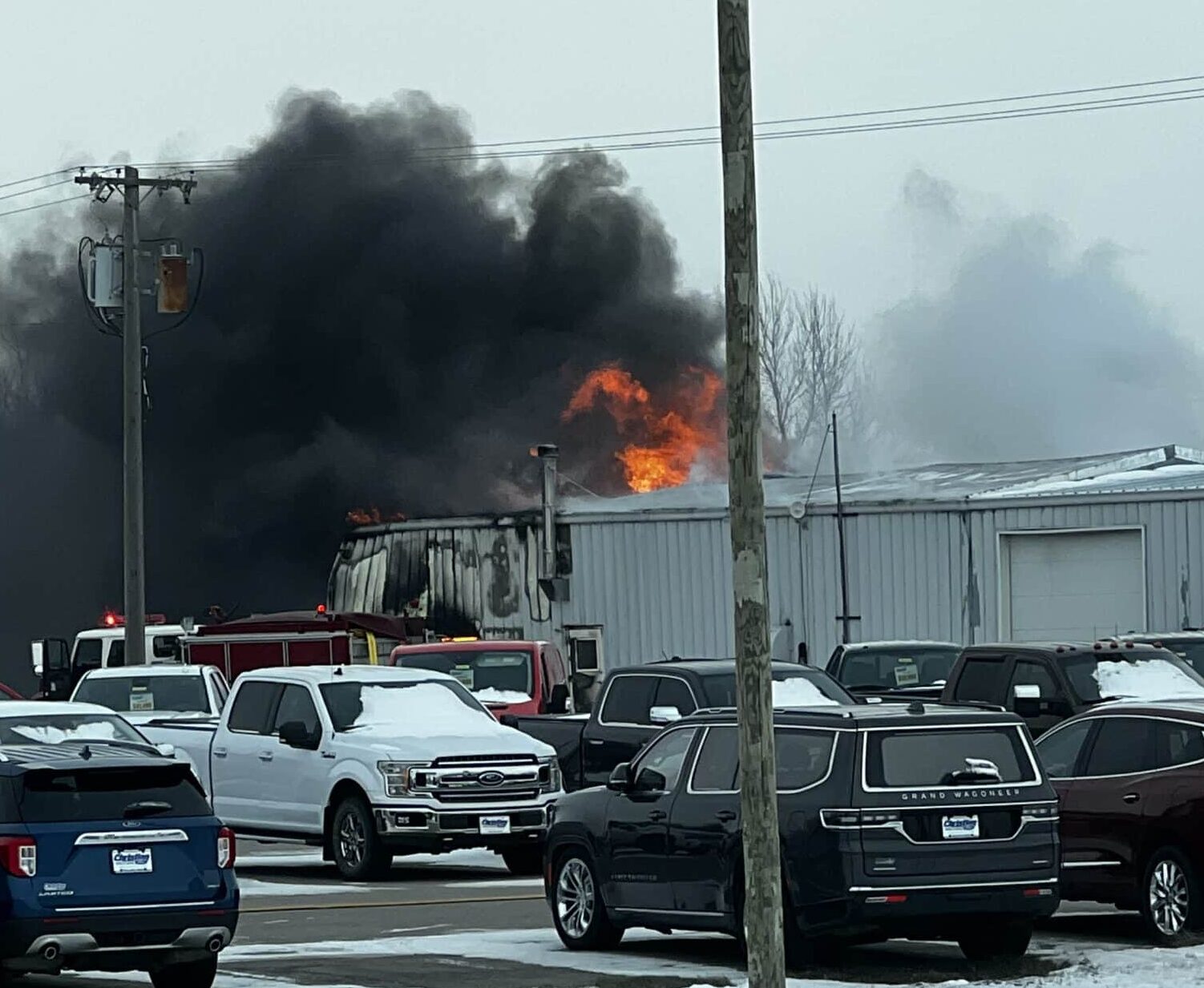The Minnesota Department of Transportation has agreed with the Federal Emergency Management Agency to begin using Wireless Emergency Alerts through the Integrated Public Alert & Warning System, FEMA’s national system for local alerting that shares emergency information with the public.
Wireless Emergency Alerts use the same system that shares critical notifications like AMBER alerts with the public and other time-sensitive information during natural disasters or threats to public safety. WEAs provide the ability to send alerts directly to mobile devices without the user needing to download an app or subscribe to a service. State departments of transportation in Pennsylvania, Georgia, and Texas have successfully used WEAs for major road closure alerts, and many local county sheriff’s offices in Minnesota have the authority to use the system.
“The ability to send WEA messages through IPAWS is an important additional tool for MnDOT to provide real-time information to the traveling public,” said Commissioner Nancy Daubenberger. “Road closures can occur suddenly, especially in severe weather or major crashes on the highway system. With WEA messages, MnDOT can send immediate mobile alerts to people near a highway closure or detour – helping minimize motorists on roadways during winter conditions and aiding law enforcement and emergency personnel in responding to incidents quickly.”





